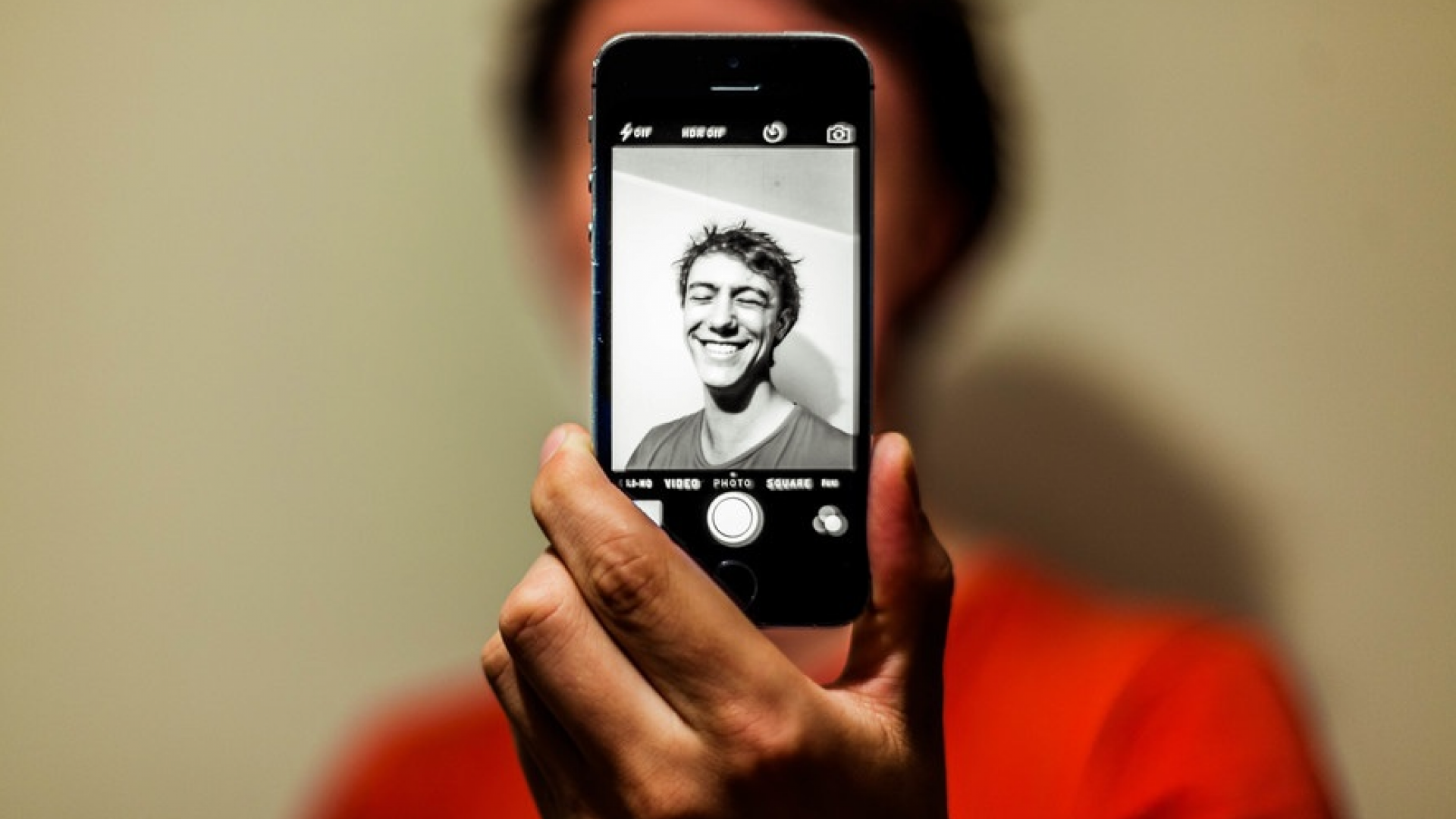We’re constantly developing and refining the research methods we use in order to continue to deliver high quality insight for charities. In December last year, we piloted the use of online communities for market research in the not-for-profit sector with our ‘donor experience at Christmas’ project. Since then, we’ve been delighted to roll out this new method across our research. Now it’s time to reflect on the process so far, and use what we’ve learnt to ask how charities might make the most of online communities as a research tool.
Online communities is an exciting, contemporary method which is about capturing people’s real-time experiences through opening up space to participate in a range of activities online through their smartphone or other devices; for example, recording the things they see or experience as they happen, or interacting with other members of the community through a discussion forum.
For our ‘donor experience at Christmas’ research, we asked participants to keep a diary recording their interactions with charities during the holiday season, to take part in community forums, or vote in quick polls, over the course of ten days. This produced a wealth of valuable findings which you can read more about in the three reports we produced from this research.
By using diaries, discussions and different interactive exercises, online communities offer the opportunity to capture feedback in diverse and versatile ways, ultimately delivering a richer understanding of participant’s behaviours and decisions.
But how can charities use online communities to optimum effect? We’ve used our experience of using online communities so far, as well as our background in the sector, to put together 5 ways charities can benefit online communities.
-
Bring together different audiences
As an online tool, this methodology facilitates research in situations and circumstances that would otherwise be unachievable, for example, bringing people together whose busy lives might otherwise mean it is hard to make space for traditional qualitative research. In our most recent project, we carried out research with healthcare professionals, many of whom worked shifts at conflicting hours. Because of the flexibility of an online community, they were able to log on as and when it suited them, fitting conveniently into their lives.
-
Time is of the essence
Insight can be gathered in real time because participants are engaging with the community via smartphones or other technology. This mean you can capture in-the-moment impressions as well as after-the-fact reflections. As researchers, we’re aware people tend to rationalise why they acted in a certain way when looking back at past actions, but their behaviour in the moment is more often spontaneous or seemingly contradictory.
Through online communities you can capture both types of behaviour, allowing you to interrogate the many layers of reasoning and impulses that lie behind peoples’ decision-making. Moreover, online communities can be held over different periods – from a couple of days to six months! This could work for research projects around events, for example, following a participant’s feelings/behaviours/interactions before, during, and after the event, and how these change throughout the process.
-
Use the interactive
There is a great versatility of what people can do through online communities. This provides both the opportunity for the community host (us) to upload material in different formats – images, videos, and sound files – as well as participants’ to share and upload materials of different kinds, reflective of how people use social media in everyday life. This adds real depth of analysis. It means you can engage with the visual/sensorial fabric of peoples’ lives, ultimately revealing what they’re drawn to, what they don’t like, what they want to share with others, and so on.
-
Be a social animal
Online communities are great in encouraging interaction of different kinds. Designing tasks that are social and creative allows you to observe the importance of the social in how people make decisions. Allowing participants to explore views in the context of others is a great way to tease out insight, because we rarely form opinions in isolation.
-
The bottom line
Because we work solely with not-for-profits, it’s our mission to make sure we provide cost-effective research. Online communities are exciting for us because they offer a great way to gather high value, high volume insight in a more cost-efficient way. The online platform doesn’t have some of the associated costs as a focus group, and can go on for longer than an interview without adding too much more of a burden of time on the participant.
Our next online community project will be research with young people who will be asked to look back on a course they attended some years ago. We chose to do an online community because we felt the interactive elements would better evoke memories. Naturally, a key consideration will also be to ensure our participants are appropriately safeguarded, because we know that unfortunately the online world can sometimes be a harsh place. We’ll use our long experience as moderators to make sure every participant has a good experience, and look forward to using this opportunity to expand our skills in online research.
We’ll keep you posted as we develop, but in the meantime feel free to post thoughts and comments, or share your own experiences of this type of research, in the box below.
An interesting perspective
An interesting perspective Hannah, thank you.
Just for clarity though, No Make Up Selfie was not a campaign for CRUK. It was an initiative for women to show solidarity with Kim Novak at that year's Oscars ceremony when she was criticised by the media for looking old. Some people chose to then donate money to charity when posting their selfies and CRUK cleverly took advantage of this social media phenomena, resulting in donations to them. To badge No Make Up Selfie as a charity campaign is wrong. To portray it as an example of how a charity can quickly and effectively piggyback on a social media craze is much more accurate.

